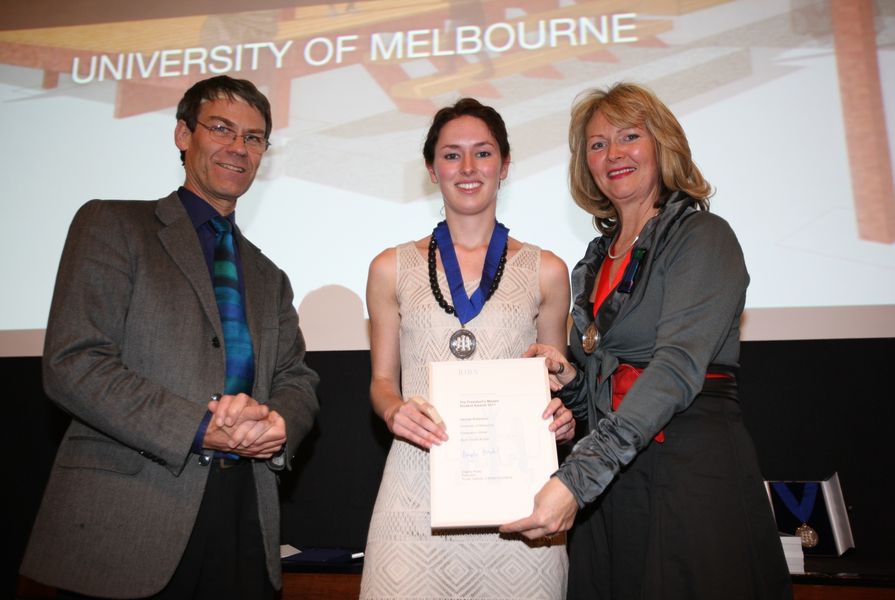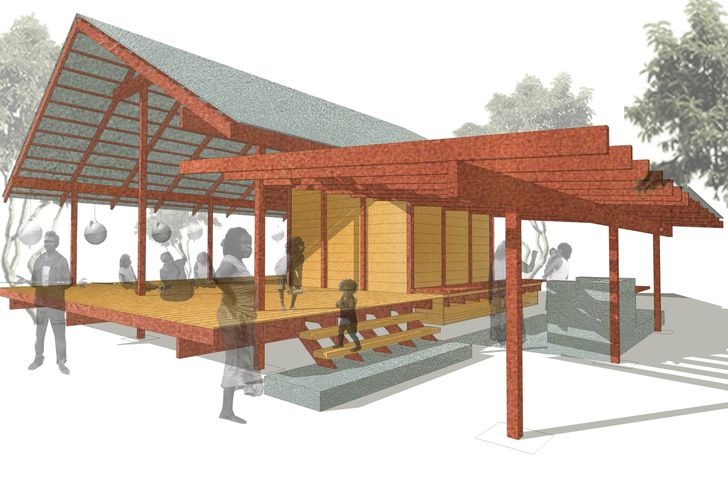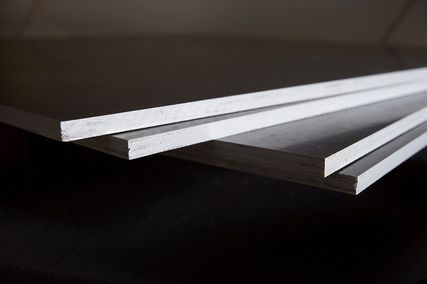In December 2011 I travelled to London to receive the RIBA President’s Medal for Dissertation for my project Bush Owner Builder. The idea for the project was conceived in the summer of 2009 when I volunteered for Noel Pearson’s organization Cape York Partnerships. During that summer I learnt of the incredible customs and practices of indigenous peoples, but I was also exposed to a multitude of issues affecting aborigines in remote communities.
Many of the houses were inappropriate to their tropical climate and the people they housed. In the remote indigenous communities of Cape York, the majority of housing is government-supplied. A substantial number of houses are maltreated; spaces are not used for their intended purposes. This is partly owing to a common attitude among the occupants that the houses are the council’s, not their own. However, the maltreatment is also due to other problems in aboriginal households – violence, health and physical issues such as overcrowding. Often these issues are not borne of aboriginality, but of poverty. Alcohol, substance abuse, violence and a lack of economic opportunities, particularly notable amongst remote communities, also contribute to these domestic problems.
While working in the community of Hope Vale, I heard from locals about their self-built shacks on their surrounding traditional lands (otherwise known as homelands). This notion of self-built housing and repatriation to homelands fascinated me and I thought it could shed some light on more appropriate forms of remote indigenous housing.
After returning to university and living overseas for a while, I approached Noel Pearson with the idea of researching and learning from the self-built shacks and their homeland locale. He was supportive of this idea, and said he was really interested in a built result.
With funding from M.H. Carnegie & Co the Bush Owner Builder project was then underway.
A design from the Bush Owner Builder project.
Image: Hannah Robertson
The premise of the project is the belief that a shift to homelands could alleviate the current housing issues in communities. To do this, we need appropriate housing design solutions. I developed two homeland house designs using separate design methods. The first design developed entirely from physical observations of the existing self-built shacks, using living pattern diagrams. The second design evolved from an extensive, hands-on consultative process with a local Hope Vale family while also incorporating the views of the community at large, from extensive interviews. This approach saw the family as the active drivers of the design’s creation, including a hands-on model-making workshop (inspired by the approach of self-build legend Paul Haar) where my role as designer was to facilitate their creation of the design.
While the observation of existing self-built shacks can accurately depict what there is, it does not necessarily show whether it is there out of preference or necessity. For example, corrugated iron walls may be used because they are readily available and cheap, not because they are preferred. A collaborative-based approach has the ability to capture what may not be physically apparent in terms of people’s desires and aspirations. If people are given the opportunity to have a more active role in the development of their home, sentiments of ownership and wellbeing increase. Therefore, no matter how observant one may be, a collaborative approach with communities is likely to inform the designer to produce the most successful design outcomes possible in remote indigenous housing.
A design from the Bush Owner Builder project.
Image: Hannah Robertson
My supervisor, Professor Philip Goad, asked me to enter Bush Owner Builder in the Royal Institute of British Architects (RIBA) President’s Medals Competition. Winning the President’s Medal for the Dissertation category has given me the opportunity and belief to continue pursuing and learning about social architecture.
In December 2011 I travelled to London to receive the award and went again in February 2012 to present at the Royal Gold Medal Critique Session to the 2012 RIBA Gold Medal winner Herman Hertzberger and RIBA panel – consisting of Hertzberger, Professor Kate Heron (University of Westminster), Peter Blundell-Jones (University of Sheffield) and RIBA president Angela Brady.
After presenting, Hertzberger asked of my project, who was the teacher and was who the student. I answered that, while I had strong convictions, my supervisor, Philip Goad, provided me great freedom while also challenging my ideas. I also responded that the Hope Vale community played an intrinsic role in the project while I may have facilitated the creation of the designs, they have true ownership of the project. Hertzberger thought it important for architects to do this sort of learning in developing a design for a community project.
Silver Medal winner Kibwe Tavares, Bronze Medal winner Basmah Kaki, Gold Medal winner Herman Hertzberger, Hannah Robertson and RIBA president Angela Brady.
Image: RIBA
The panel commented as to why the project had won the dissertation medal. Kate Heron thought the project important because it developed new architectural research methods and it was almost akin to a design project rather than a dissertation in its approach. Peter Blundell-Jones, who chaired the panel for the dissertation medal, commented that the fascinating history of Australian aboriginals and their architecture presented through the design explorations and case studies had been the deciding factor in its choice for the medal.
Winning a Royal Institute of British Architects President’s Medal has been fantastic, but the true reward of this project has been the built result. In October 2011, I spent a few days on Billy Boil homeland, near Hope Vale, building the first design of this project. This house is now complete, and seeing the family happy and proud of their new self-built home has been the most rewarding experience of this project.
The Bush Owner Builder approach is just one solution. The success of this project will only be truly measureable once further houses have been constructed and occupied for some time. Then, perhaps this model could be replicated, but tailored accordingly, to suit other indigenous communities around Australia, taking into account the richness and diversity of their cultural practices and issues.


























